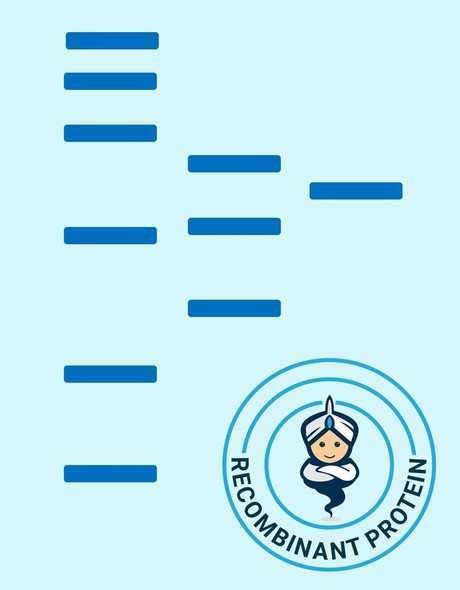Description
| Antibody Name: | HSD17B11 Antibody |
| Antibody SKU: | PACO00344 |
| Size: | 50ug |
| Host Species: | Rabbit |
| Tested Applications: | ELISA, WB |
| Recommended Dilutions: | WB:1:500-1:2000 |
| Species Reactivity: | Human |
| Immunogen: | synthesized peptide derived from the Internal region of human 17Beta-HSD11. |
| Form: | Liquid |
| Storage Buffer: | Liquid in PBS containing 50% glycerol, 0.5% BSA and 0.02% sodium azide. |
| Purification Method: | The antibody was affinity-purified from rabbit antiserum by affinity-chromatography using epitope-specific immunogen. |
| Clonality: | Polyclonal |
| Isotype: | IgG |
| Conjugate: | Non-conjugated |
| Synonyms: | HSD17B11; DHRS8; PAN1B; PSEC0029; Estradiol 17-beta-dehydrogenase 11; 17-beta-hydroxysteroid dehydrogenase 11; 17-beta-HSD 11; 17bHSD11; 17betaHSD11; 17-beta-hydroxysteroid dehydrogenase XI; 17-beta-HSD XI; 17betaHSDXI; Cutaneous T-cell lym |
| UniProt Protein Function: | HSD17B11: Can convert androstan-3-alpha,17-beta-diol (3-alpha- diol) to androsterone in vitro, suggesting that it may participate in androgen metabolism during steroidogenesis. May act by metabolizing compounds that stimulate steroid synthesis and/or by generating metabolites that inhibit it. Has no activity toward DHEA (dehydroepiandrosterone), or A-dione (4-androste-3,17-dione), and only a slight activity toward testosterone to A-dione. Tumor- associated antigen in cutaneous T-cell lymphoma. Belongs to the short-chain dehydrogenases/reductases (SDR) family. 17-beta-HSD 3 subfamily.Protein type: Secreted, signal peptide; Secreted; Oxidoreductase; EC 1.1.1.62Chromosomal Location of Human Ortholog: 4q22.1Cellular Component: cytoplasm; cytosol; intracellular membrane-bound organelle; lipid particleMolecular Function: estradiol 17-beta-dehydrogenase activity; steroid dehydrogenase activityBiological Process: androgen catabolic process; estrogen biosynthetic process |
| UniProt Protein Details: | |
| NCBI Summary: | Short-chain alcohol dehydrogenases, such as HSD17B11, metabolize secondary alcohols and ketones (Brereton et al., 2001 [PubMed 11165019]).[supplied by OMIM, Jun 2009] |
| UniProt Code: | Q8NBQ5 |
| NCBI GenInfo Identifier: | 296439374 |
| NCBI Gene ID: | 51170 |
| NCBI Accession: | Q8NBQ5.3 |
| UniProt Secondary Accession: | Q8NBQ5,Q96HF6, Q9UKU4 |
| UniProt Related Accession: | Q8NBQ5 |
| Molecular Weight: | 32,936 Da |
| NCBI Full Name: | Estradiol 17-beta-dehydrogenase 11 |
| NCBI Synonym Full Names: | hydroxysteroid 17-beta dehydrogenase 11 |
| NCBI Official Symbol: | HSD17B11 |
| NCBI Official Synonym Symbols: | DHRS8; PAN1B; RETSDR2; SDR16C2; 17BHSD11; 17-BETA-HSD11; 17-BETA-HSDXI |
| NCBI Protein Information: | estradiol 17-beta-dehydrogenase 11 |
| UniProt Protein Name: | Estradiol 17-beta-dehydrogenase 11 |
| UniProt Synonym Protein Names: | 17-beta-hydroxysteroid dehydrogenase 11; 17-beta-HSD 11; 17bHSD11; 17betaHSD11; 17-beta-hydroxysteroid dehydrogenase XI; 17-beta-HSD XI; 17betaHSDXI; Cutaneous T-cell lymphoma-associated antigen HD-CL-03; CTCL-associated antigen HD-CL-03; Dehydrogenase/reductase SDR family member 8; Retinal short-chain dehydrogenase/reductase 2; retSDR2; Short chain dehydrogenase/reductase family 16C member 2 |
| Protein Family: | Estradiol 17 beta-dehydrogenase |
| UniProt Gene Name: | HSD17B11 |
| UniProt Entry Name: | DHB11_HUMAN |






